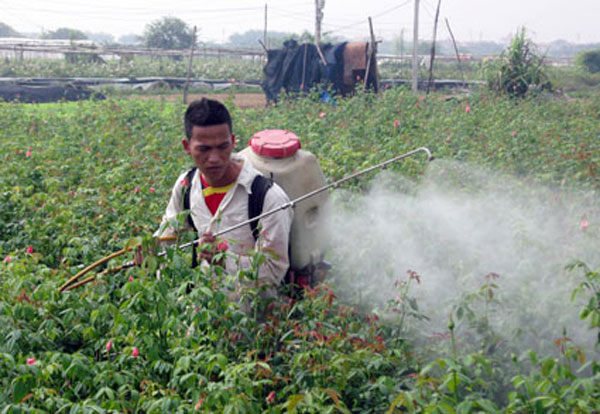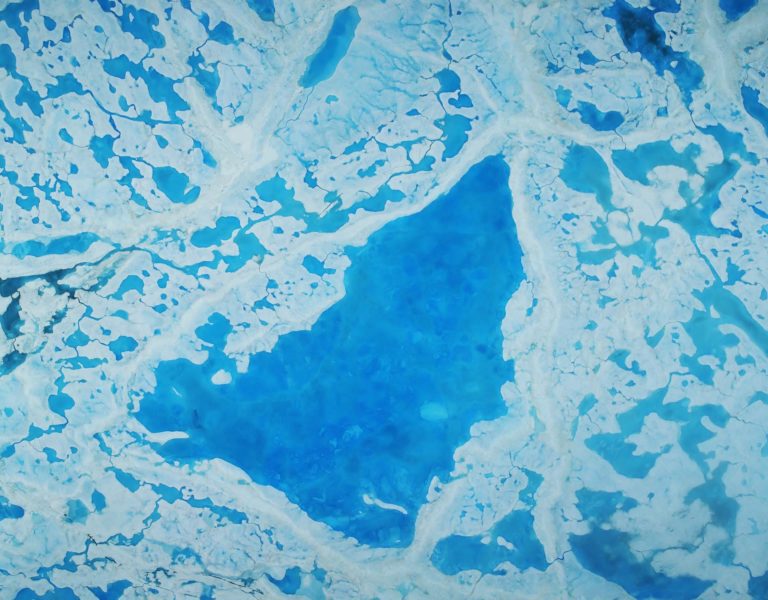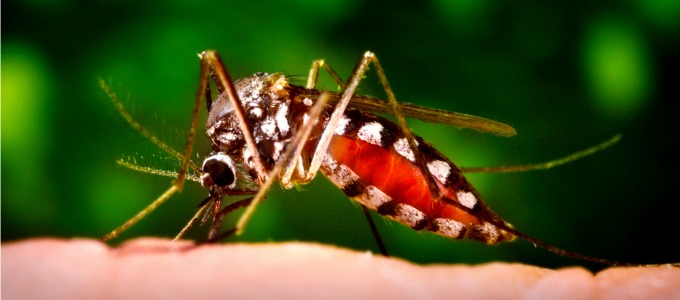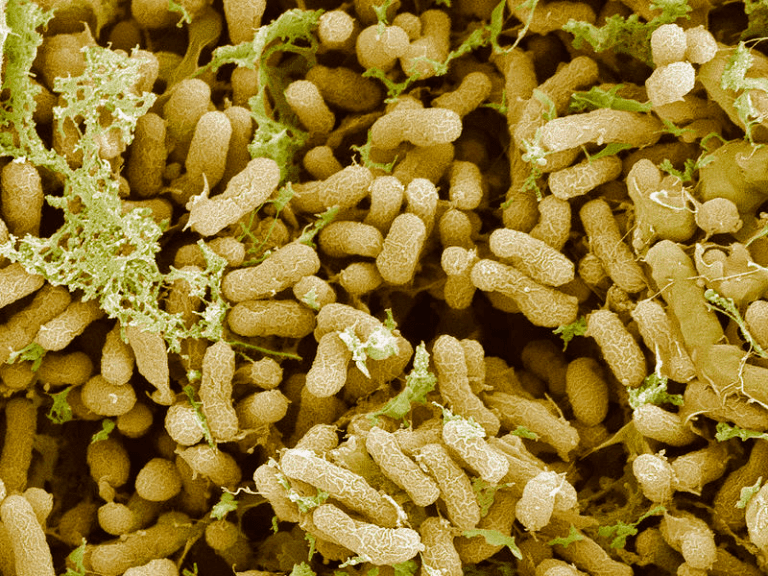By Paul A. Olivier PhD
The Vietnamese people get upset when they see industrial pollution. Think back on the pollution generated by the Formosa Steel Plant and how people were thoroughly outraged. But one might argue that industrial pollution is only a small part of the pollution problem in Vietnam. One might argue that many of the same Vietnamese people who denounce industrial pollution are themselves polluting Vietnam on a massive scale. We have only to look at the millions of people involved in agriculture in Vietnam. Let me give an example.
A study was done not so long ago on the pollutants in Xuan Huong Lake in Dalat.
The study concluded: “The surface water in Xuan Huong Lake possessed a serious hazard to local residents and the aquatic organisms in the water body and its downstream.”
The concentration of the pesticide Malathion in the waters of Xuan Huong Lake in Dalat was found to be 54 times greater than what is considered safe. Malathion belongs to a family of chemicals that includes sarin (a weapon of mass destruction) and carbaryl.
The concentration of Endosulfan-sulfate in waters of Xuan Huong Lake was 400 times greater than what is considered safe. Endosulfan is one of the most toxic pesticides on the market today, responsible for many fatal pesticide poisoning incidents around the world. Even though Endosulfan was supposedly removed from the market in Vietnam in 2006, it’s is still widely used in Lam Dong province.
The concentration of 4,4-DDE concentration in the water of Xuan Huong Lake was 3000 times higher than what is consider safe. 4,4-DDE is a transformed chemical of DDT. After being exposed to a 1% concentration of lake water, Daphnia shrimp died within a single day.
Glyphosate, a highly toxic herbicide made by Monsanto, is widely advertised and used in Lam Dong province. This toxic herbicide flows freely into the lake from surrounding farmland. Chlorpyrifos is the most common organophosphate compound registered for agricultural use in Vietnam, and it too is highly toxic.
“Besides acute poisoning due to direct and indirect exposure to pesticides, chronic pesticide poisoning could have an effect on 2 million Vietnamese farmers.” The water from Xuan Huong Lake is used by farmers further down the watershed to irrigate their crops.
The use of pesticides in Dalat is, no doubt, just one instance of the rampant use of pesticides throughout the whole of Vietnam. There are over 20,000 agents of death selling over 100,000 tons of pesticides and herbicides in Vietnam. Yes, you read that right: 100,000 tons of poison. Vietnam spends over $463 million US on imported pesticides: http://english.vietnamnet.vn/fms/business/137254/vietnam-spends–463-million-on-imported-pesticides.html
If you want to learn more about the use of pesticides in Vietnam, you should read “State governance of pesticide use and trade in Vietnam”: http://www.sciencedirect.com/science/article/pii/S1573521413000535
Show me a city, town, village or rural area in Vietnam where safe food is sold. While a few supposedly organic shops sell food to the rich, the poor for the most part eat poison, not food.
The degree of soil erosion is some parts of Vietnam reaches levels as high 4,500 tons/ha/year. Millions of hectares of farmland in Vietnam will soon become unfit for agriculture. Agriculture in Vietnam is entering a phase of total collapse, and with land subsidence, rising sea levels and salinization, everything will become far worse.
Just about every square meter of farmland in Vietnam is polluted with chemical fertilizers, pesticides, herbicides and fungicides. The pollution from agriculture is surely far worse than the pollution from industry. Here you have the Vietnamese actively engaged in poisoning one another with little guidance and intervention from government.
The vegetables sold in most markets in Vietnam are contaminated with pesticides and herbicides. The meat sold in most markets in Vietnam is contaminated with many antibiotic resistant pathogens such as ESBL E. coli and MRSA. The rate of contamination of chicken in Saigon with this deadly E. coli is generally over 90%. Arsenic is deliberately added to chicken feed, and chicken litter full of arsenic is used as fertilizer. Rice gets contaminated with arsenic as a result of excessive irrigation from deep water wells spewing forth this heavy metal at concentrations sometimes as much as 300 times above the safe limit. Food poisoning occurs regularly. Food safety generally does not exist. When farmers and consumers get sick, they go to hospitals. But hospitals in Vietnam have a MRSA rate of 74.1% and are just as dangerous as industrial pig farms with pigs on dirty concrete floors.
Vietnam must abandon the principles of conventional agriculture. Wonderful alternatives exist to this madness and must be implemented immediately.





